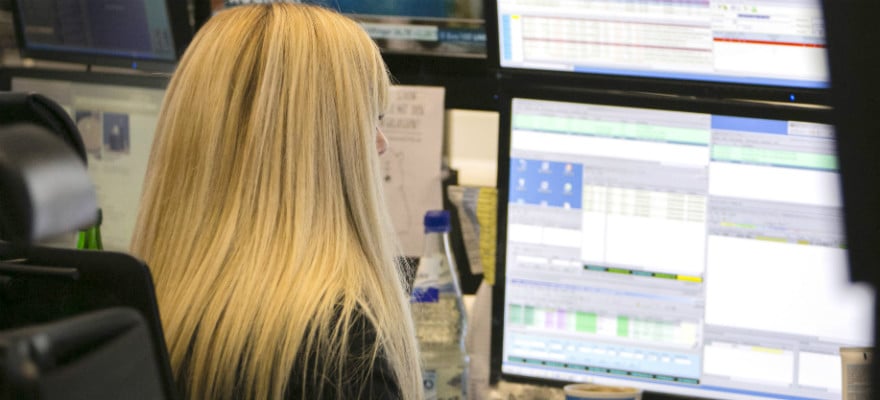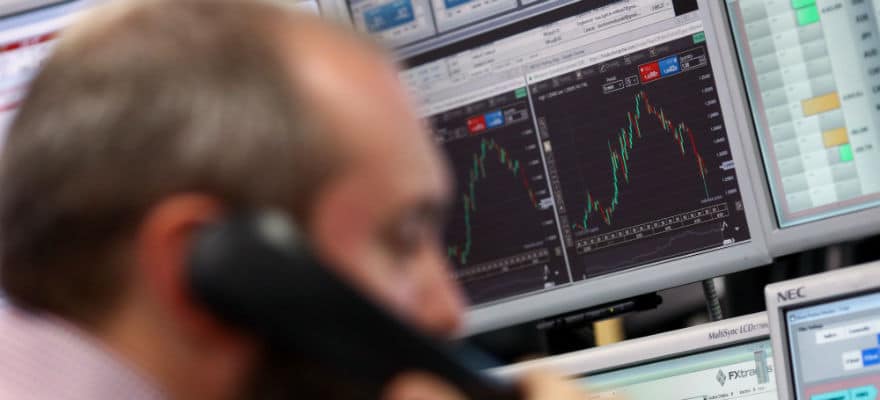This article was written by David Mercer, CEO of LMAX Exchange .
Previously, I touched on the issue of pre-hedging, or to more aptly name it, ‘Prehedgeosaurus’. Now we are going to take a closer look at ‘Lastlookosaurus’, otherwise known as Principle 17.
And so on to our old pal Lastlookosaurus who makes his glorious last stand in Principle 17. A nirvanic world where ‘Last Look ’ is transparent and clients have the use of ‘last look’ disclosed. Yes this is the same beast that cast its shadow over most of the scandals in the last few years. The same beast currently at the center of a well publicized US case against a large bank and the same beast whose abuse was highlighted in the latest CFTC fine.
Lastlookosaurus tells us in the code that last look may only be used as a risk control mechanism in order to verify validity and/or price. There is mention of consistency with the current market price but no mention of a timeframe for that consistency – in previous drafts a 100ms window was mentioned but that has disappeared from the latest draft of the Global Code.
There is no detail around last look, merely the mention that any trading activity and hedging activity is 'likely' inconsistent with good market practice. This is wooliness of mammoth proportions! The real T-Rex and Stegosauraus both became extinct at around the same point in prehistoric time. The same should be true of Lastlookosaurus and Prehedgeosaurus.
Principles 11 and 17 of the Global Code are the worst examples of consensus where no one individually actually believes in what is said collectively. The authors of the code, the working groups and the participants should stand up, speak out and reconsider this draft before it is too late.
There is an opportunity for everyone involved to lead. The code is failing in its duty of care to clients, by the legitimization of these flawed principles. Modern day FX practitioners should not be asked to adhere to principles from a Jurassic era.
















